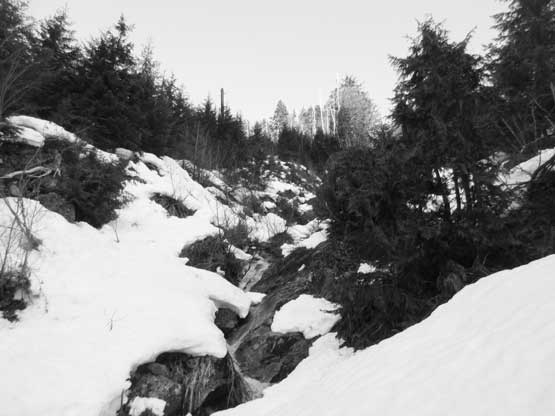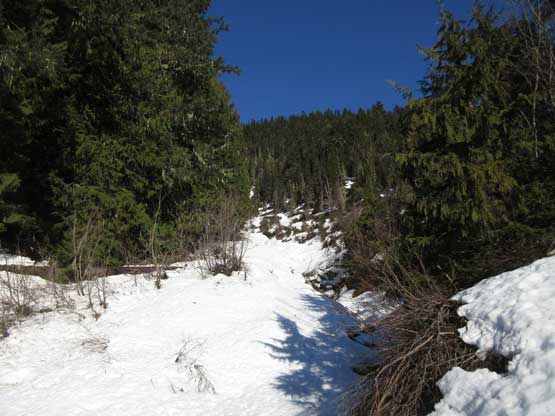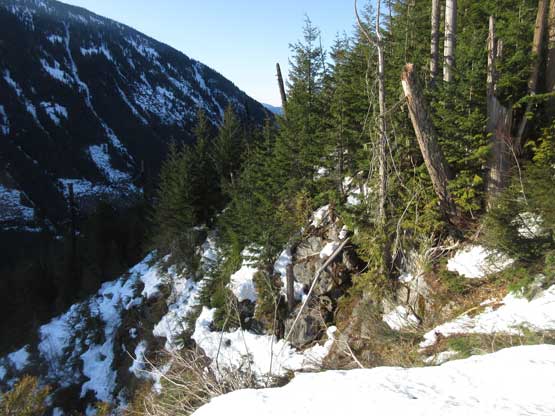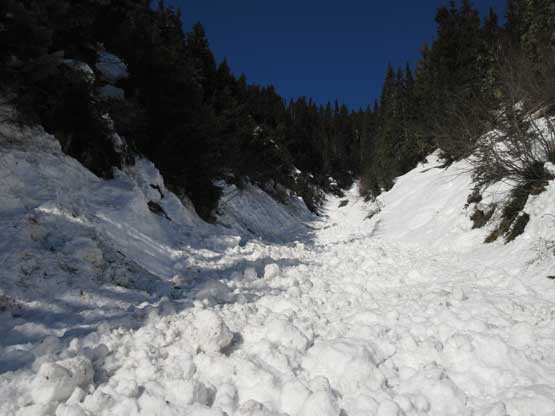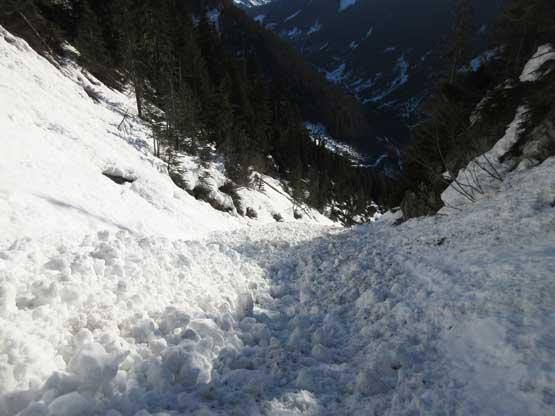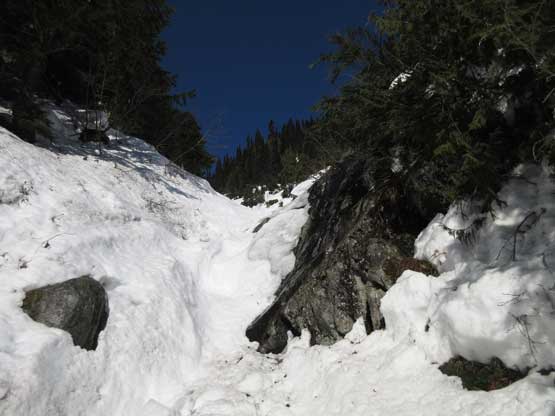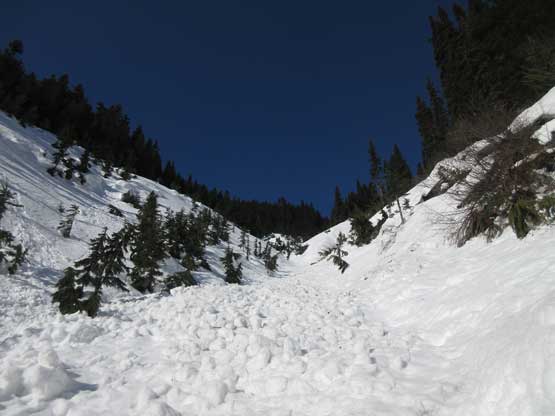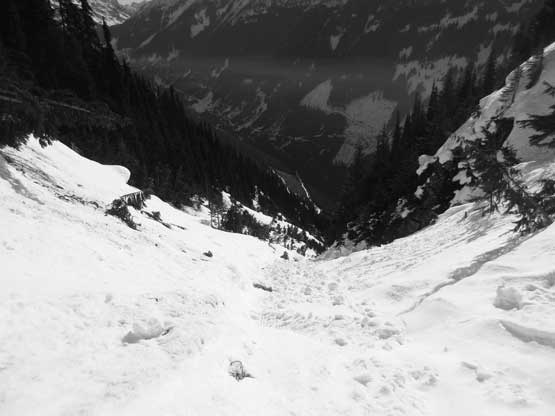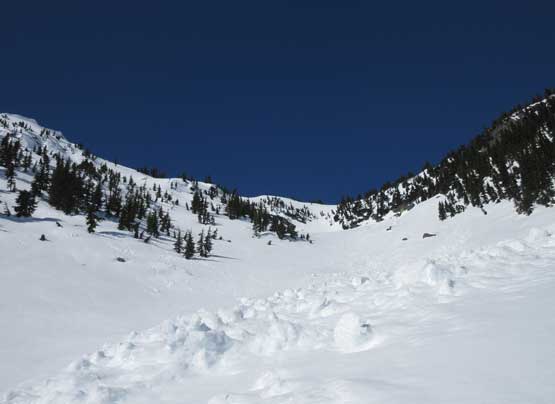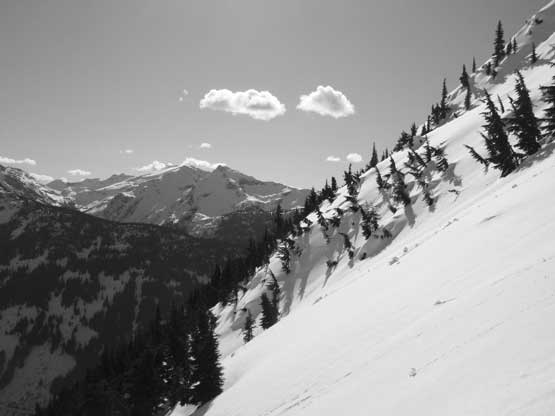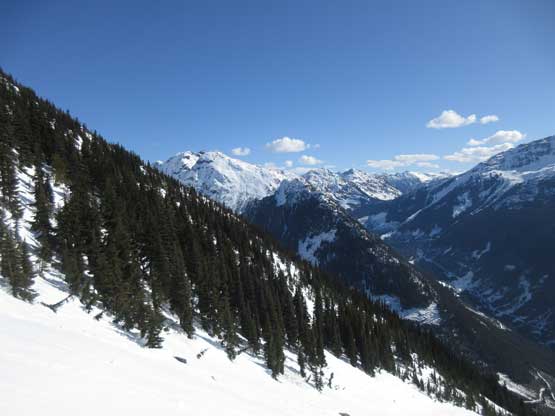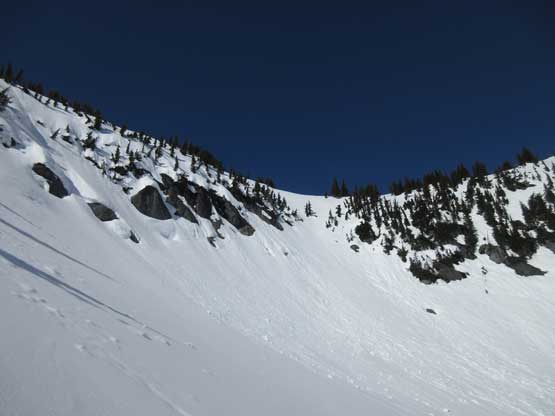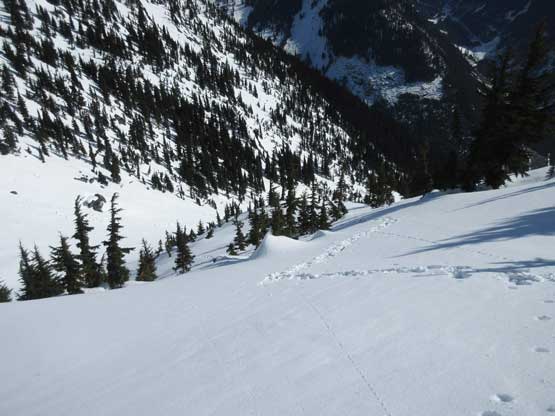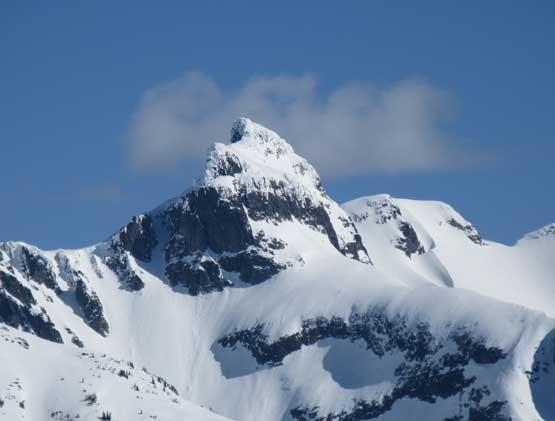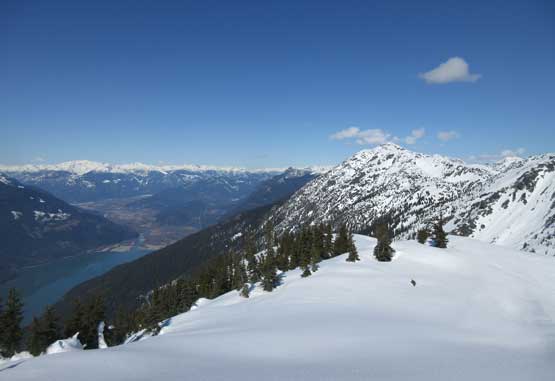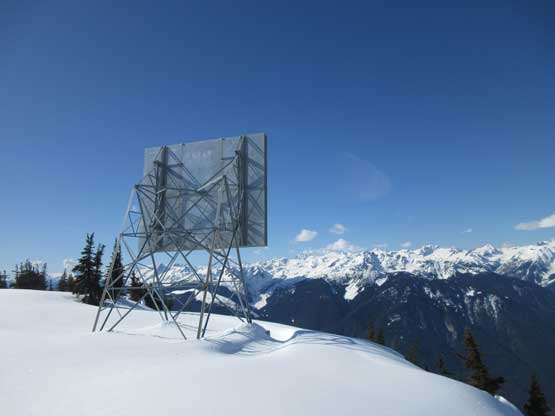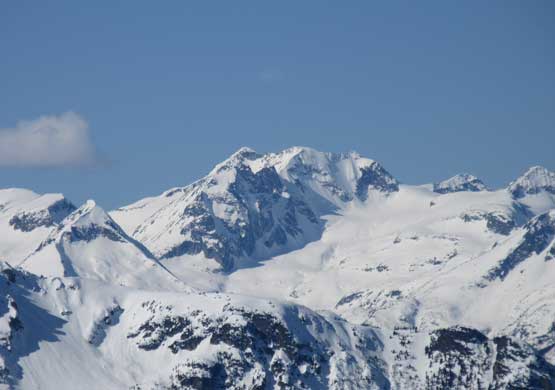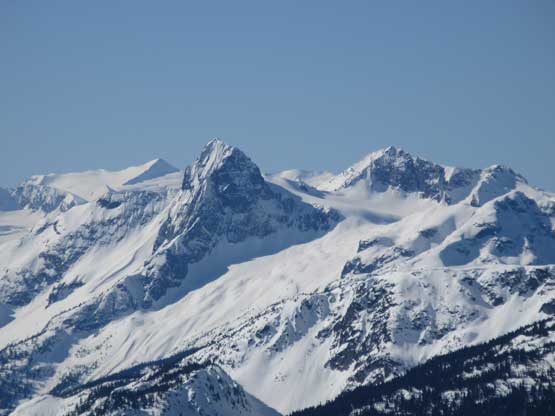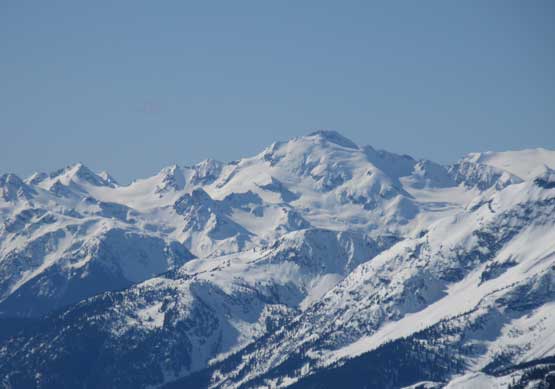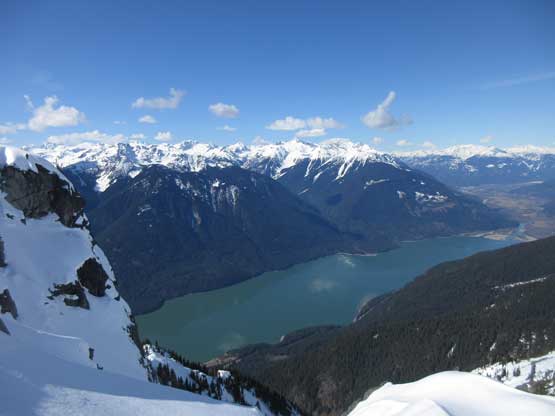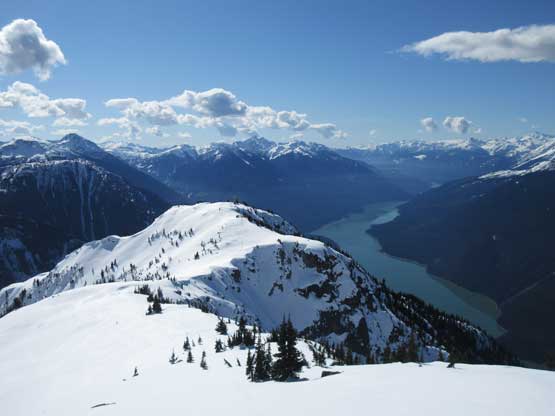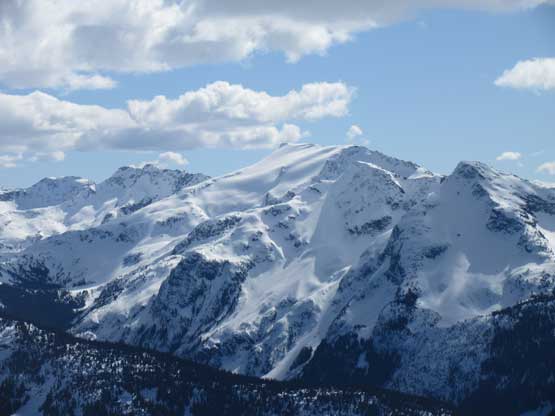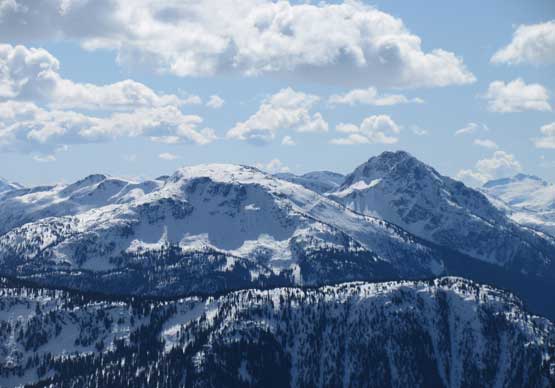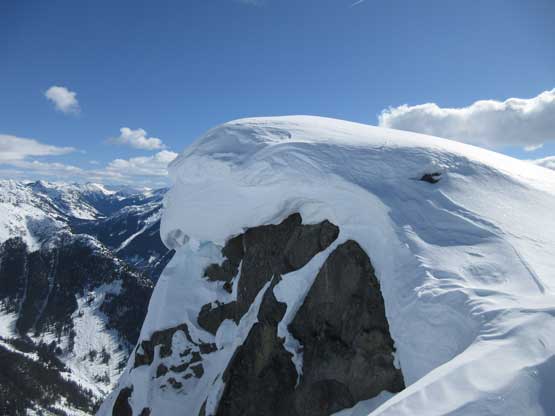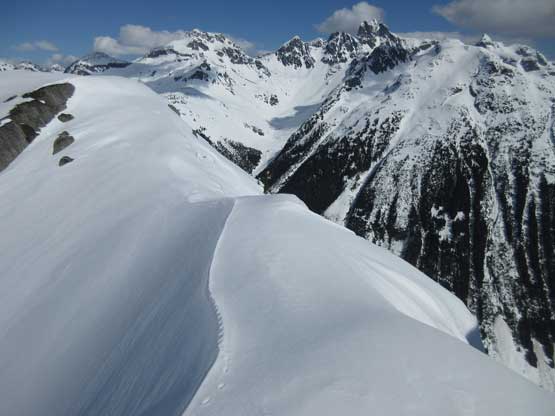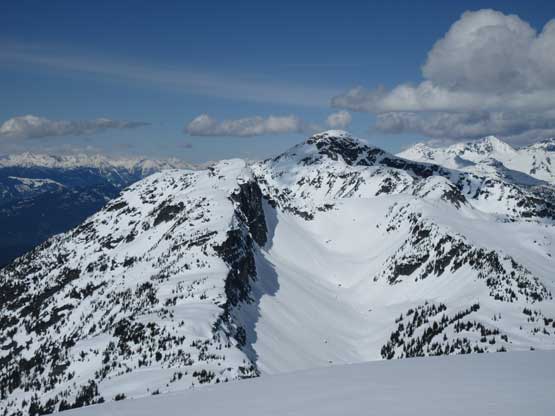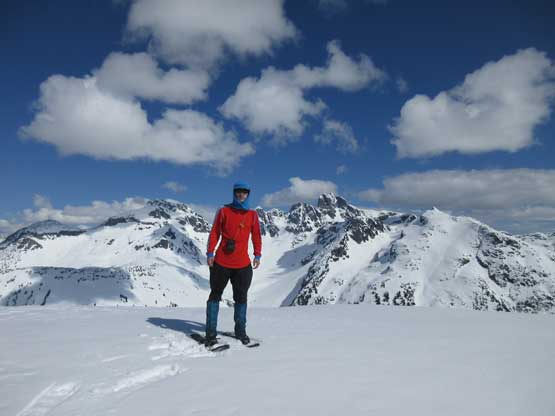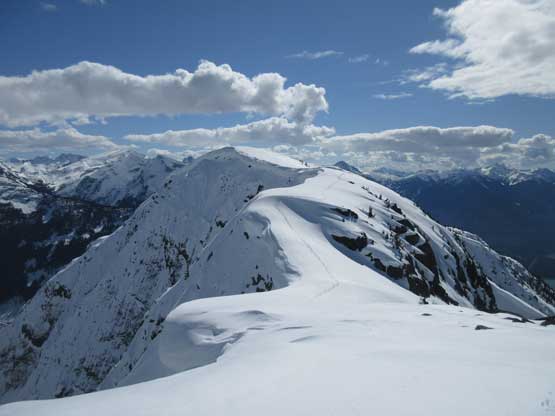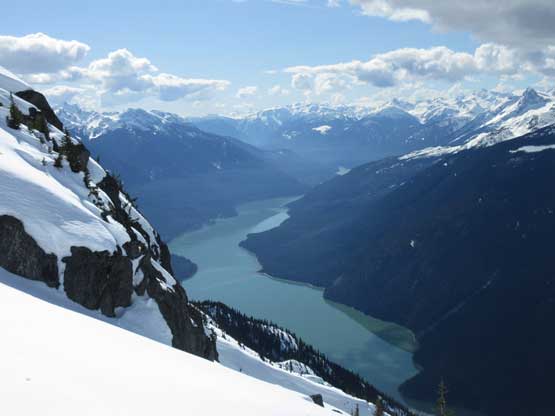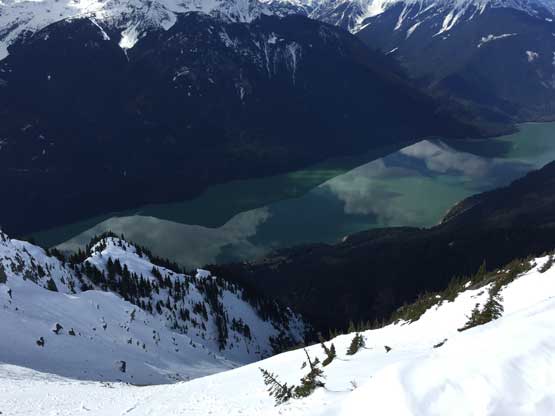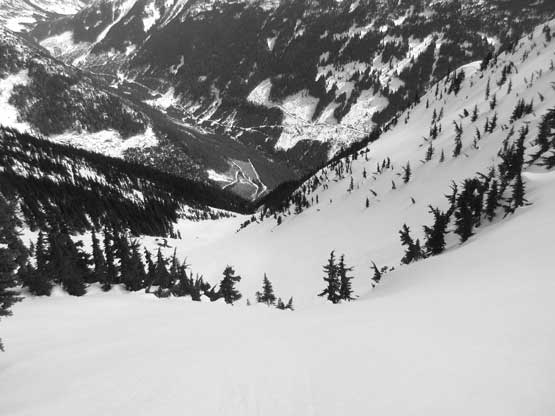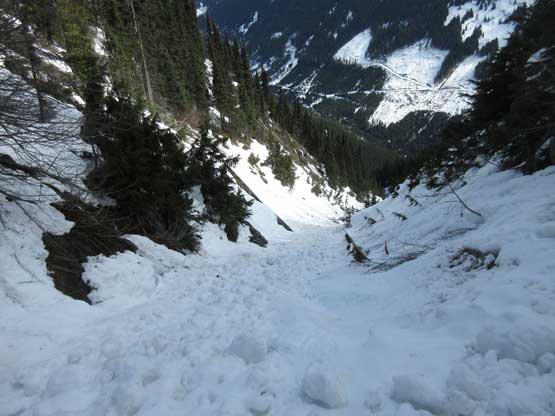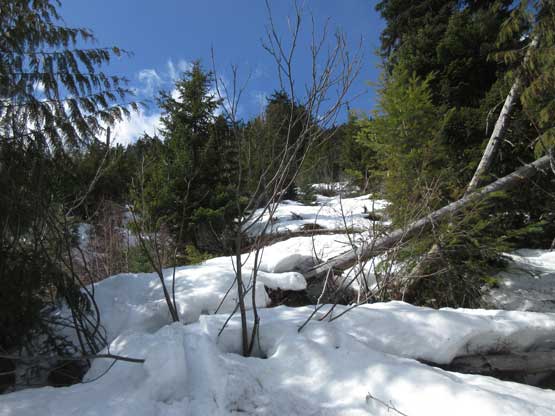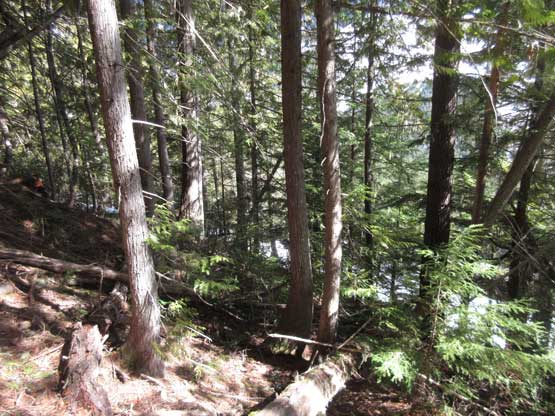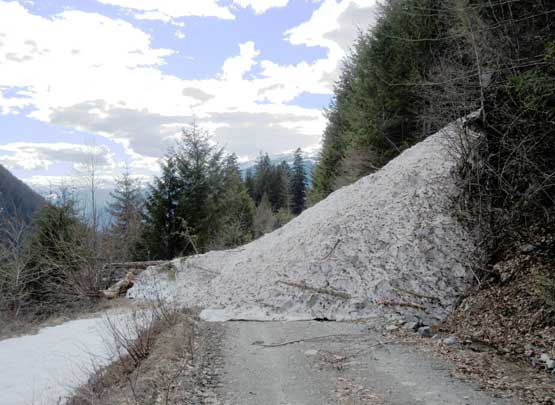Twin Goat Mountain
March 30, 2019
2128m
Pemberton / Lillooet Lake Road, BC
Twin Goat Mountain is by no measure a major summit in the Joffre Group – mountaineering central of Pemberton area, but is far from an “easy” summit to bag. This peak is guarded by insanely steep forest on most sides facing the Lillooet Lake Road and boasts a steep NE Face that potentially offers quality alpinism, although likely too remote to trigger significant interest among the climbing community. The NW Ridge can be, and has been accessed via a contrived, multi-day trek from Joffre Lake over Tszil Mtn. and Duffey Peak in summer without much technical challenge but such ordeal is far from “efficient”. Apart from one ClubTread report by Simon C. there aren’t much useful information online.
It’s not a secret anymore that I’m currently working on a project to ascend all named summits in Joffre Group in winter and that has to include Twin Goat Mountain even though it’s merely a “small summit” on the edge. I kept debating about the route to use. I thought about thrashing up the insanely steep, but wooded SW or SE Ridge knowing it’d be a hell of sufferfest on snowshoes, but it’s hard to resist the temptation to just climb the E/SE Gully like how Simon and Vlad did in May a few years back. The problem is that this gully has a narrow profile (textbook classic of terrain trap), consistent 30-40 degrees with sections steeper, an aspect of E/SE facing and often a hidden and hazardous creek running underneath. To put it down in this way requires the most strict timing window and such window does not form for more than a couple times per season. March the 30th isn’t in the calendar winter anymore but “close enough” in my book so at the last minute I pulled the trigger. The avalanche rating had dropped to “Low” across all zones in all forecast regions of SW BC and Washington. Another problem was the uncertainty in the access road – Twin One FSR. As of last couple years a gate was locked right at the start adding ~6 km distance of walking each way along with over 500 m elevation gain. I brought trail-runners and was fully prepared to walk the full distance adding to the “fun” game…
As far as mountaineering in spring goes one should start in dark and finish early but the decision was made too late for that. The driving time would be over 4 hours from White Rock to Twin One FSR plus I worked until 9 pm on the previous evening. It was well after 10 pm when I finished packing and needless to say I was too tired to do anything. I was no longer 20 years old and really needed some sleep, so the alarm was set at 3 am. The drive out of Metro Vancouver and through Sea to Sky Corridor was fluent and without event. I made one stop in Pemberton for gas and food and another half an hour, 10 km of bumpy ride down Lillooet Lake Road (in-SHUCK-ch FSR) later I arrived at the start of Twin One FSR. I noticed two huge water bars that looked like man-made barriers but no gate and my curiosity told me to go explore. The first water bar scraped the bottom of my stock Tacoma but the second one was easier. Soon after that I came to the gate and sure enough it wasn’t locked. That was a surprise so I continued driving up having no idea how far I could get to. The road beyond the gate had a ton of small, but easy water bars and some fresh evidence of maintenance. I had no issue driving over 4 km up the road and parked as soon as hitting snow.

Twin Goat Mountain via E/SE Gully. GPX DL
There was less than 2 km of walking on mostly level road to reach the start of SE Gully. I carried snowshoes on hand because I wasn’t sure whether or not they were needed on the road plod. It turned out that I didn’t need the snowshoes for this stretch so it’s a good arm exercise. A major avalanche path had to be crossed along the way. The start of SE Gully wasn’t super obvious and definitely looked like a tangled mess: steep waterfalls, patchy snow and tight secondary growth timbers. I wasn’t sure how and where exactly to enter the gully but it seemed like the first 200 m elevation gain was better done by bushwhacking in the forest. There simply weren’t enough snow at this elevation (~850 m) to ascend the fall line. I took a line too close to the creek and the bushwhacking was horrible but at least the patchy snow was supportive in the morning. After a while of swearing I merged back to the creek, strapped snowshoes on and ascended the opposite (west) side, but soon I crossed back to the east side. At this point there finally had enough snow to allow proper snowshoe travel and meanwhile the bushwhack finally stopped. The sun came out as I ascended into the constraint of the gully at ~1100 m elevation and it’s here that the long ass grunt officially started.
The initial 100 or so vertical meters in the gully proper had some soft snow that made me glad to have the 30′ snowshoes but condition improved higher up as I ascended onto a long zone of avalanche debris. Asides from snow condition I also had to pay close attention to the water running underneath. There were a few spots that I had no choice but to hop across, or ascend directly up the middle of the gully and I could even hear the sound of water. The embankments of the gully was very steep from 1100 all the way to 1500 m elevation making it a huge funnel of shooting gallery. Almost the entire stretch of this zone was chocked with avalanche debris that’s difficult to ascend even on Lightning Ascents snowshoes. The grade was consistent 30-35 degrees and steepened up as I ascended higher. A couple chocks near the top of this section required me to cut a few tight switchbacks and/or hauling vegetation. The terrain didn’t change much until ~1600 m elevation where I exited the constraint of the gully into the “upper funnel”. The direct finish of the SE Gully seemed definitely require boot-packing so I started looking for some other options, too lazy to transition. I ascended almost all the way to the base of the final headwall and decided to ascend the left (south/west) side out of the bowl. It turned out to be much steeper and longer than appeared and certainly put the ability of Lightning Ascents in test. The bonus of going this way was to explore the southern sub-summit.
I took the first (and only) long break on the southern sub-summit before resuming towards the dual summits of Twin Goat Mountain. The plod on the upper south ridge was easy peasy compared to what I’d just covered lower down, and in short time I arrived at the south summit. The north summit was reported to be 2 m higher so I immediately turned my focus on getting the true peak. The traverse looked tame but was actually not. There’s one knife-edge along with one steep drop and almost the entire ridge had some huge cornices dangling over the NE Face. It was a little tricky to cover the whole stretch on snowshoes but such didn’t impose too much issue for me.
I didn’t linger much longer than absolutely necessary so after snapping enough photos, two timer-aided selfies and making an Instagram live update I turned my attention to the descent. Reversing my snowshoe tracks across the summit ridge was easier because I didn’t need to use much brain power anymore. Then off the upper south ridge I decided to head straight down the steep headwall instead of going up and over that subsidiary summit with a solar panel on it. I took the snowshoes off and swapped for crampons and ice axe and down I went. The headwall had some 45 degrees pitches but nothing major. On hindsight I shouldn’t have donned crampons because the condition was more post-holing than front-point. I plunged past my knees several times even when down-climbing facing into the slope. I continued boot-packing down the upper funnel of SE Gully and despite the arduous post-holing I didn’t want to bother with an unnecessary gear transition. I thought the snowshoes wouldn’t have helped much because the slope angle was too steep for comfortable snowshoeing. The post-holing was knee to thigh deep on average. I made some large and heavy plunges and simply just sucked it up. A few steep spots were very awkward but once entering the gully’s constraint the condition improved dramatically because I could then use the avalanche debris. No more significant post-holing for a long while although wearing crampons on the avi debris was far from enjoyable.
The post-holing took over again once the avalanche debris ran out near the bottom of the gully and it’s here that the snow had gone entirely shit. I soon swapped crampons for snowshoes and even with the 30′ flotation I sank down to knee deep very often. The worst was after merging out of the gully proper into the woods. The snow was isothermal top to bottom that I literally thought I was back in the Rockies. I took at least a few big face plants either tripped by deep weak spots or by the invisible logs underneath. I swore literally a ton, but again there’s nothing to do other than sucking it up. I did use my brain power here and found an easier line through the bottom of the forest that avoided most of the worst bushwhacking. Once back to the road I knew for sure the snow wouldn’t be nearly as supportive as in the morning so did one last gear transition to strap the snowshoes on.
The last 2 km of road walk was uneventful and my round trip time was exactly 7 hours. The adventure wasn’t over yet as I still needed to be careful negotiating the Twin One FSR. The large water bar right at the start of this road provided challenge again and I scrapped the bottom of my Tacoma pretty badly. Thankfully the result was only a minor dent and some large, but surface scratches on the exhaust line so I continued driving home. Other than taking a food break in Pemberton I managed to put down the entire drive back to White Rock in a single shot. The traffic through North Vancouver was horrible as fuck. It was literally crawling from Taylor Way turn-off all the way to Ironworker’s Bridge and to top it off, there was no accident whatsoever but rather just the volume of the traffic at 6 pm on a sunny Saturday… I think the next time I should take a nap in Squamish which would certainly help me being mentally (and physically) prepared for the gong show. It sucked ass a big time… On the bright side, I was really happy to utilize this unseasonably stable window to put Twin Goat Mtn. in the bag. Now with only Taylor, Caspar, Griefswald and Kosegarten left I am finally confident I could indeed bag all of Joffre Group’s peaks in winter, or close enough to winter…
